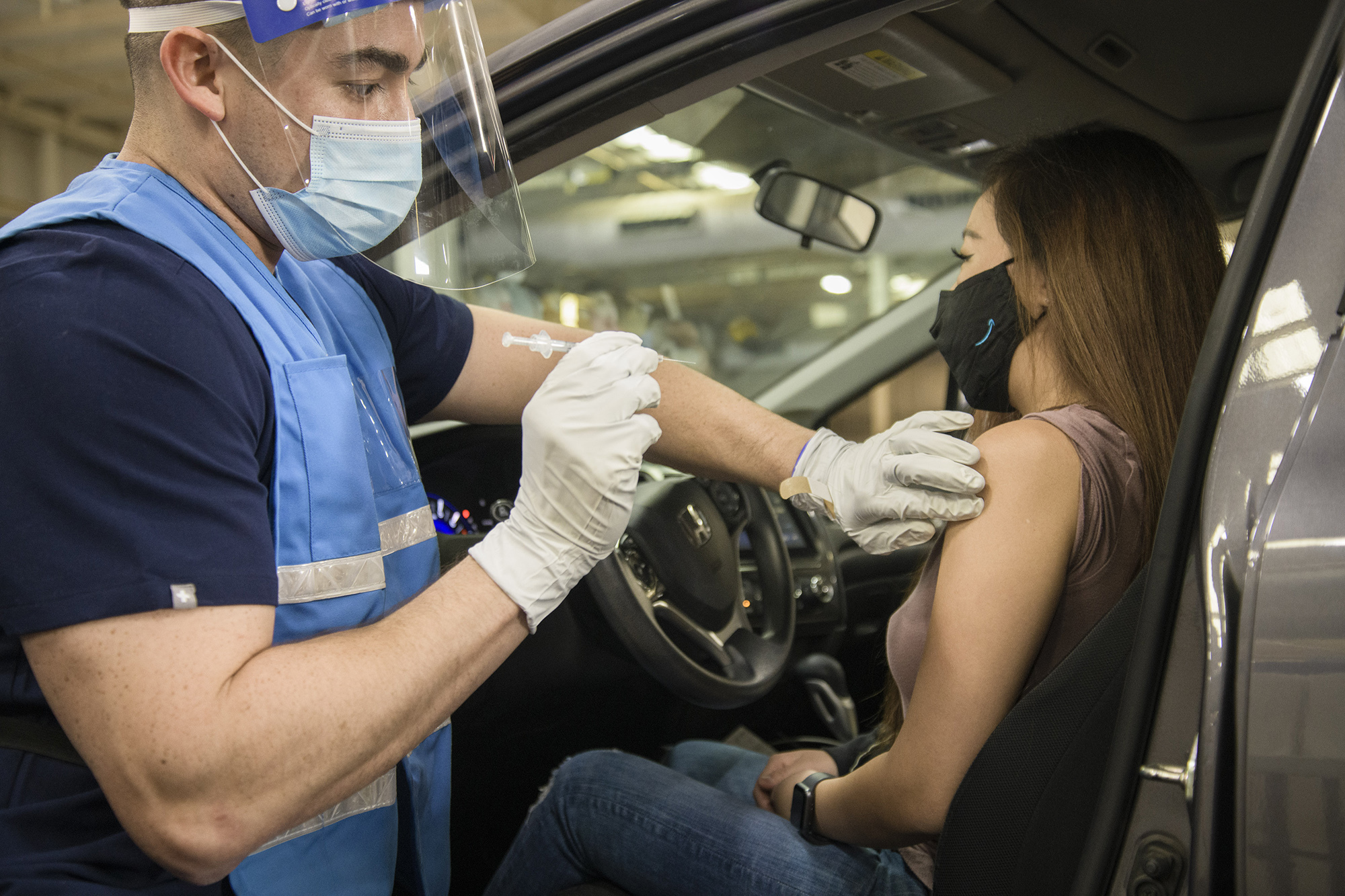As Idaho experiences its first triple-digit temperature day of the year, concerns over worker safety in extreme heat have come to the forefront.
With regulations often perceived as relaxed compared to neighboring states, the discussion on safeguarding employees from heat-related risks is gaining traction.
Advocates point to California and other nearby states as examples where proactive measures are mandated to protect outdoor workers.
As per liteonline In California, employers are required to provide water, shade, and mandatory cool-down breaks starting at 80 degrees Fahrenheit, with enhanced protections kicking in at 95 degrees.
Similar legislation has been adopted in Oregon and Washington, albeit with slight variations based on local climate conditions. These regulations aim not only to mitigate health risks but also to prevent heat-related illnesses among workers who are exposed to high temperatures for extended periods.
Critics argue that Idaho, despite experiencing up to 27 days of 100-degree weather annually, relies too heavily on federal Occupational Safety and Health Administration (OSHA) guidelines, which may not sufficiently address the unique challenges posed by Idaho’s climate.
Related Articles:
Tragic Incident: Infant Dies in Hot Car in California
Invasive Insect Threatens California’s Wine Industry
California Man Arrested in Utah for Alleged Kidnapping of Girlfriend
They advocate for state-specific regulations that prioritize worker well-being without unduly burdening employers.
Efforts to enhance worker protections in Idaho could potentially involve a collaborative approach between legislators, businesses, and advocacy groups.
By drawing upon successful models from other states and countries, Idaho has an opportunity to implement forward-thinking policies that balance economic interests with the health and safety of its workforce.
As the conversation evolves, stakeholders are encouraged to explore pragmatic solutions that reflect Idaho’s unique needs while setting a precedent for responsible governance in worker safety.
